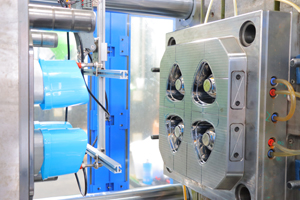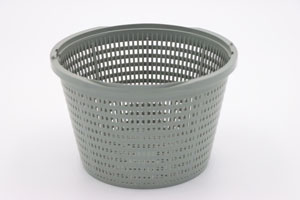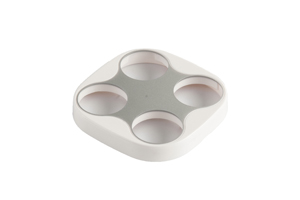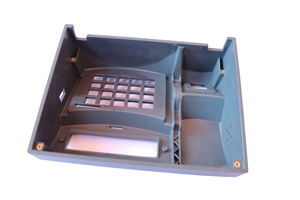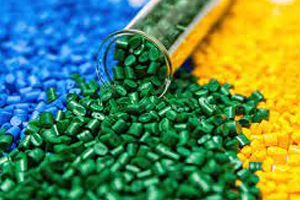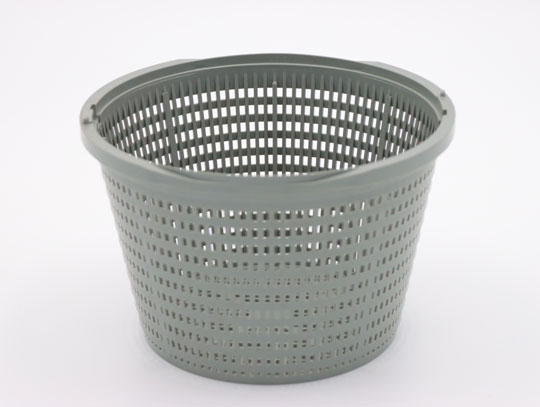Look around you. Chances are, you're surrounded by products crafted through the ingenious process of injection molding. From the sleek casing of your phone to the sturdy handle of your toothbrush, this manufacturing technique plays a pivotal role in creating a vast array of plastic parts that shape our modern world. But have you ever stopped to wonder how these intricate and often complex objects come to be?
The journey from raw plastic pellets to a finished product is a fascinating one, involving a series of carefully orchestrated steps within a sophisticated machine. Let's pull back the curtain and explore the step-by-step magic of injection molding, revealing the precision and engineering that go into creating the plastic components we rely on every day.
Step 1: Clamping – Securing the Stage
The process begins with the mold, a meticulously crafted tool typically made from steel, consisting of two primary halves: the cavity side and the core side. These halves are designed to precisely mirror the desired shape of the final plastic part.
Before the molten plastic can be introduced, these two halves must be securely clamped together. This is the job of the clamping unit, a powerful hydraulic or electric system within the injection molding machine. The clamping unit exerts immense force to hold the mold halves tightly shut against the pressure of the molten plastic that will soon be injected. The strength of this clamping force is critical to prevent the plastic from leaking out during the injection phase, a defect known as "flash."
Step 2: Injection – The Molten Flow
With the mold firmly clamped, the next crucial step is the injection of the molten plastic. Raw plastic material, usually in the form of small pellets or granules, is fed into the hopper, a holding container at the top of the injection unit.
From the hopper, the plastic material travels into the barrel, a heated chamber containing a reciprocating screw. As the screw rotates and moves forward, it melts the plastic pellets through a combination of heat and friction, transforming them into a viscous, flowable liquid.
Once the plastic has reached the optimal molten state, the screw acts like a piston, injecting the precise amount of molten plastic under high pressure through a sprue (the main channel), into runners (smaller channels), and finally through gates (small openings) into the mold cavity. The speed and pressure of this injection phase are carefully controlled to ensure the mold fills completely and evenly without causing defects like jetting or air entrapment.
Step 3: Dwelling (or Holding Pressure) – Ensuring Form and Preventing Shrinkage
After the mold cavity is filled, the injection unit maintains pressure on the molten plastic for a specific duration known as the dwelling phase or holding pressure phase. This sustained pressure compensates for the natural shrinkage that occurs as the plastic begins to cool and solidify within the mold.
Maintaining consistent pressure during this stage is vital for ensuring the molded part accurately replicates the mold cavity's shape and dimensions, minimizing sink marks and voids. The duration of the dwelling phase is carefully calculated based on the material properties, part geometry, and mold design.
Step 4: Cooling – Solidifying the Creation
Once the dwelling phase is complete, the molten plastic inside the mold needs to solidify into its final shape. This occurs during the cooling phase. Coolant, typically water or oil, is circulated through channels within the mold to draw heat away from the plastic.
The cooling time is a critical factor influencing the cycle time and the quality of the molded part. Insufficient cooling can lead to warping or deformation upon ejection, while excessive cooling increases the overall production time. The mold design incorporates efficient cooling channels strategically placed to ensure uniform cooling throughout the part.
Step 5: Ejection – Releasing the Finished Form
After the plastic has sufficiently solidified, the clamping unit opens the mold halves. The ejection system, consisting of ejector pins, sleeves, or plates built into the mold, then pushes the finished plastic part out of the mold cavity.
The ejection process must be carefully controlled to avoid damaging the newly formed part. The number, placement, and force of the ejector pins are designed to ensure a smooth and controlled release.
Step 6: Cycle Repetition – The Continuous Process
Once the part is ejected, the mold closes again, and the entire process – clamping, injection, dwelling, cooling, and ejection – repeats. This cyclical nature is what makes injection molding such an efficient and high-volume manufacturing process. Each cycle produces one or more identical plastic parts, depending on the number of cavities in the mold.
Beyond the Basics: Factors Influencing the Process
While these are the fundamental steps, numerous other factors significantly influence the injection molding process steps and the quality of the final product. These include:
Material Selection: Different types of plastics have unique melting points, viscosity, shrinkage rates, and cooling characteristics, requiring specific adjustments to the process parameters.
Mold Design Complexity: Intricate part geometries and multi-cavity molds necessitate more sophisticated mold designs and potentially longer cycle times.
Machine Capabilities: The size, clamping force, injection pressure, and control systems of the injection molding machine play a crucial role in the process.
Operator Expertise: Skilled technicians and operators are essential for setting up, monitoring, and troubleshooting the injection molding process to ensure optimal efficiency and quality.

